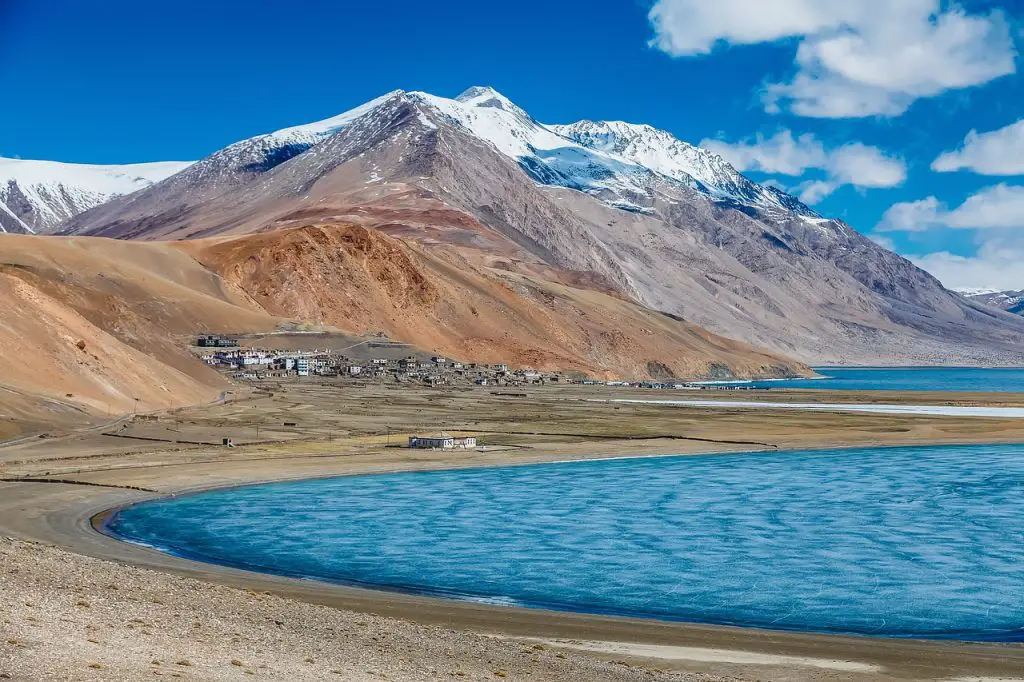The Great Salt Lake is the largest saltwater lake in North America. It is located in the state of Utah in the western United States. The lake is fed by several rivers, including the Bear River, and it has no outlet to the sea. As a result, it is very salty, with a concentration of salt that is about five times greater than that of seawater. The high salt content makes it impossible for fish or other aquatic life to survive in the lake. However, brine shrimp are able to thrive and are harvested for use as fish food and pet food.
The Great Salt Lake covers an area of approximately 1,700 square miles (4,400 square kilometers). It is about 75 miles (120 kilometers) long and 35 miles (56 kilometers) wide. Its average depth is 13 feet (4 meters), but it can get much deeper in some areas. For example, its deepest point is 34 feet (10 meters).
The Great Salt Lake was formed over millions of years as water from melting glaciers flowed into what was then a large basin in the earth’s crust. The basin slowly filled with water until it became today’s lake. Its high salt content comes from minerals that were carried into the basin by rivers and streams over time and then concentrated as evaporation occurred faster than fresh water could flow into the lake to replace lost water through evaporation







